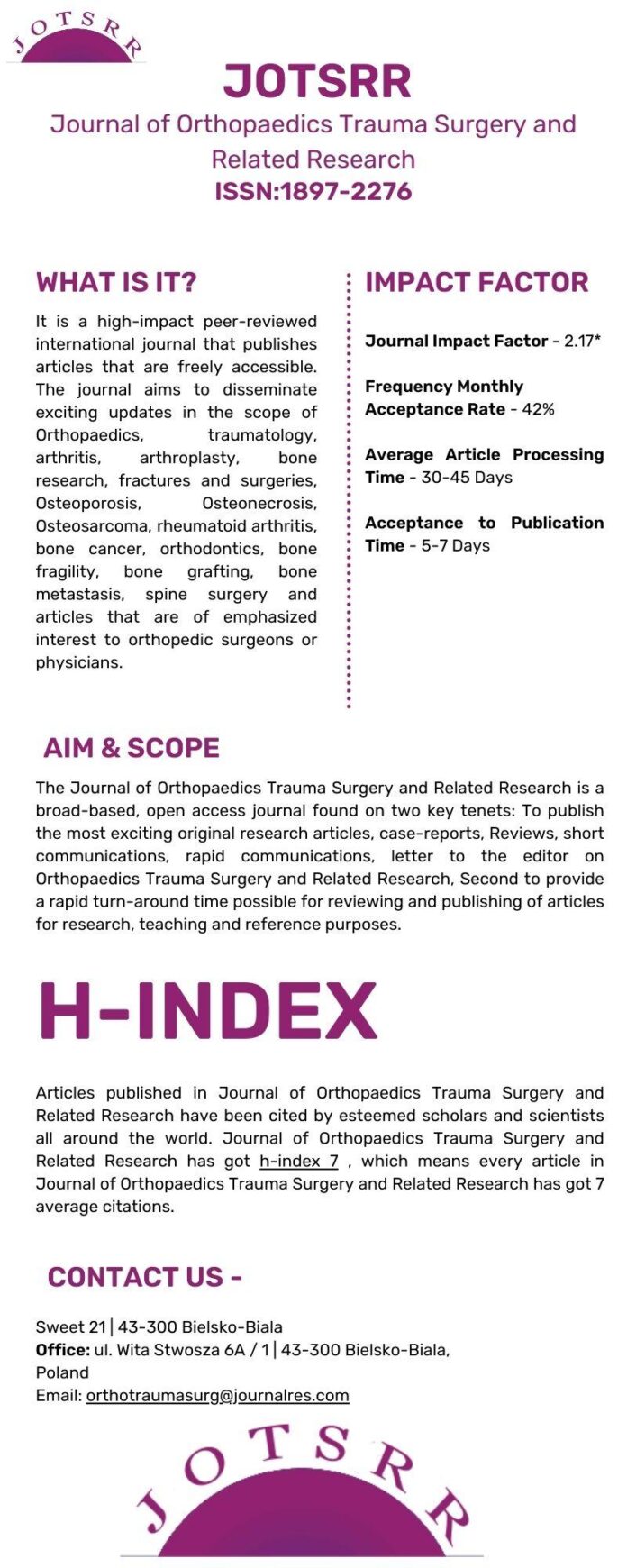
Uncovering Osteosarcoma: Another Name for Bone Cancer
Osteosarcoma is a type of bone cancer that starts in the cells that form bones. It is the most common type of bone cancer in children and young adults, but it can still occur at any age. Osteosarcoma primarily occurs in the long bones, such as the arms and legs, but it can also develop in other bones, including the pelvis and the jaw.
Osteosarcoma is a rare cancer, with an estimated 800 new cases diagnosed in the United States each year. Despite its rarity, it is important to be aware of the symptoms, risk factors, and treatment options for osteosarcoma in order to detect and diagnose the disease early, thus improving the chances of successful treatment and recovery.
Symptoms of Osteosarcoma
The most common symptom of osteosarcoma is pain and swelling in the affected bone. The pain often starts off as a dull ache, but it can become more severe as the tumor grows. Other possible symptoms of osteosarcoma include:
– A lump or mass in the affected area
– Limited movement in the affected bone or joint
– Bone fractures or breaks without significant trauma
– Fever
– Unintentional weight loss
Since these symptoms can be vague and can mimic other conditions, it is important to consult a healthcare professional if you experience any of these symptoms, especially if they persist or worsen over time.
Risk Factors for Osteosarcoma
The exact cause of osteosarcoma is not known, but several risk factors have been identified. Some of the risk factors for osteosarcoma include:
– Age: Osteosarcoma most commonly occurs in children and young adults between the ages of 10 and 30.
– Gender: Osteosarcoma is more common in males than females.
– Genetic predisposition: Certain genetic conditions, such as Li-Fraumeni syndrome and hereditary retinoblastoma, can increase the risk of developing osteosarcoma.
– Previous radiation therapy: People who have received radiation therapy for other cancers may have an increased risk of developing osteosarcoma.
– Bone diseases: Certain bone diseases, such as Paget’s disease and fibrous dysplasia, have been linked to an increased risk of osteosarcoma.
It is important to note that while these risk factors may increase the likelihood of developing osteosarcoma, the majority of people who develop osteosarcoma do not have any known risk factors.
Diagnosing Osteosarcoma
Diagnosing osteosarcoma usually starts with a physical examination and a review of the patient’s medical history. If osteosarcoma is suspected, the following tests may be ordered to confirm the diagnosis:
– X-rays: X-rays can help detect abnormal bone growth and evaluate the extent of the tumor.
– MRI or CT scan: These imaging tests can provide detailed pictures of the affected bone and surrounding tissues.
– Bone biopsy: A sample of the tumor is removed from the bone and examined under a microscope to determine if it is cancerous.
– Blood tests: Blood tests, including a complete blood count and blood chemistry, can help evaluate the overall health of the patient and assess the function of vital organs.
Once a diagnosis of osteosarcoma is confirmed, additional tests may be performed to determine the stage of the cancer and whether it has spread to other parts of the body.
Treatment Options for Osteosarcoma
The treatment options for osteosarcoma may vary depending on the size and location of the tumor, as well as the overall health of the patient. The primary treatment for osteosarcoma is surgery to remove the tumor and surrounding tissue. In some cases, amputation of the affected limb may be necessary to ensure that all of the cancer cells are removed. However, limb-salvage surgery, which aims to remove the tumor while preserving as much of the limb as possible, is becoming more common and can often be just as effective as amputation.
After surgery, chemotherapy is usually recommended to kill any remaining cancer cells and reduce the risk of the cancer returning. Radiation therapy may also be used in some cases to help destroy cancer cells and reduce the risk of recurrence. In addition to these standard treatments, clinical trials may be available to explore new and emerging treatment options for osteosarcoma.
The prognosis for osteosarcoma varies depending on the stage of the cancer, the location of the tumor, and the overall health of the patient. With early detection and aggressive treatment, the outlook for patients with osteosarcoma has improved significantly in recent years. However, the long-term effects of treatment, including potential side effects and complications, should be considered and discussed with the healthcare team.
The Importance of Osteosarcoma Awareness
Despite its rarity, osteosarcoma is a serious and potentially life-threatening form of cancer that requires prompt attention and expert care. By increasing awareness and understanding of osteosarcoma, individuals and communities can help support those affected by the disease and contribute to ongoing research and advocacy efforts.
For those who have been diagnosed with osteosarcoma, it is important to seek support from medical professionals and support groups, as well as friends and family, to help navigate the complexities of the disease and the challenges of treatment. By staying informed and engaged, individuals with osteosarcoma can actively participate in their own care and make informed decisions about their treatment options and long-term health.
In conclusion, osteosarcoma is a rare and aggressive form of bone cancer that primarily affects children and young adults. By recognizing the symptoms, understanding the risk factors, and staying informed about the treatment options, individuals and healthcare professionals can collaborate to improve the early detection, diagnosis, and management of osteosarcoma, ultimately enhancing the prospects for successful treatment and recovery. Increased awareness and support for osteosarcoma can make a meaningful difference for those affected by this challenging disease, and ongoing efforts to advance research and advocacy will continue to play a critical role in advancing the understanding and treatment of osteosarcoma.












